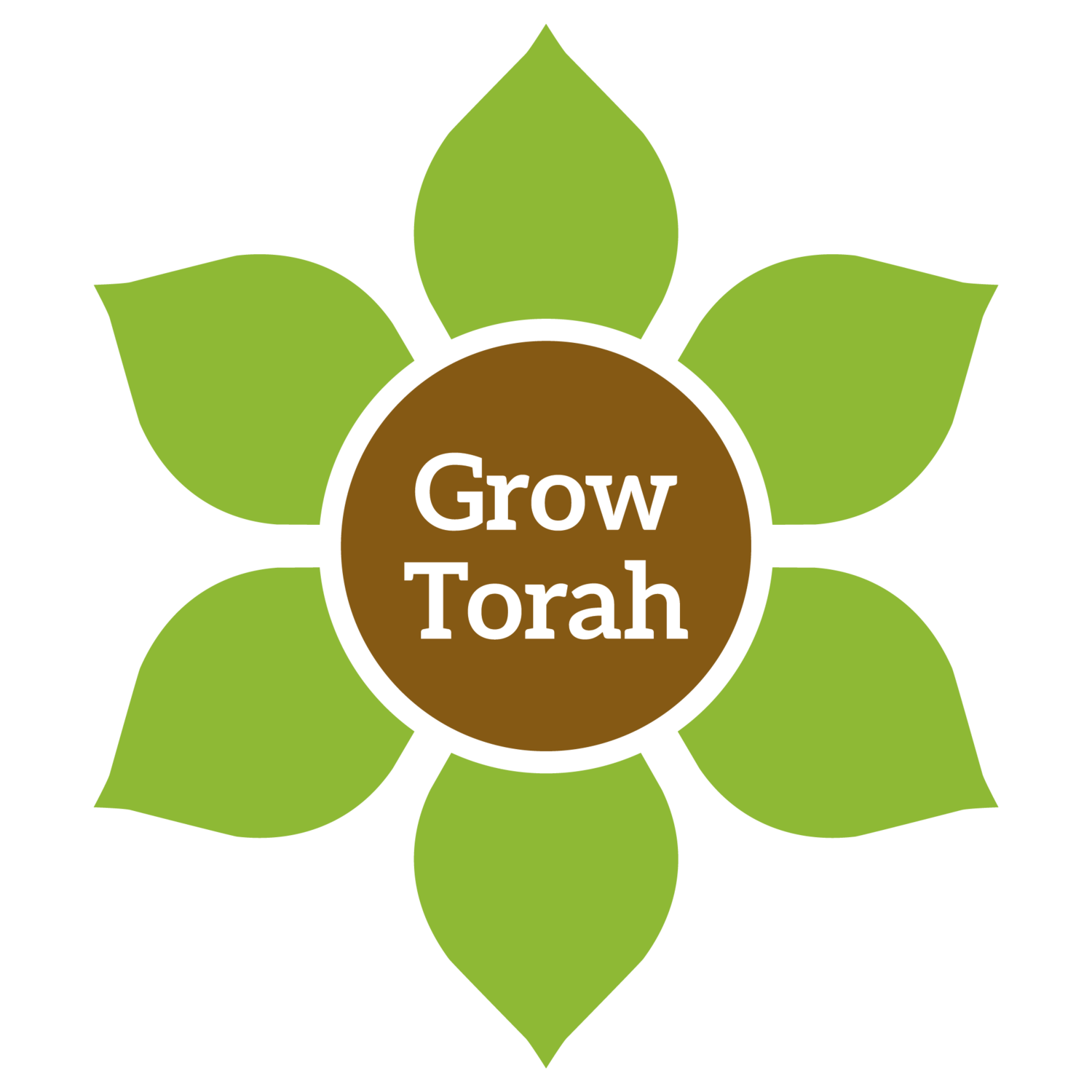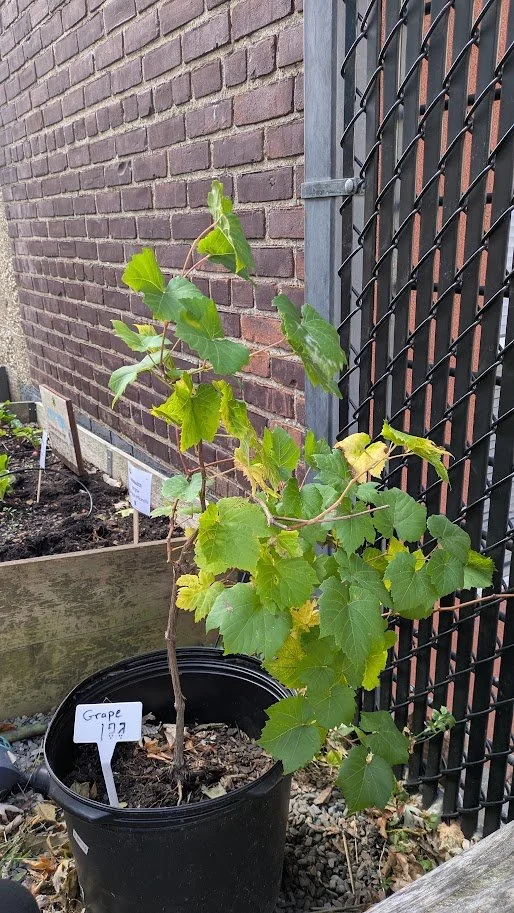grape - עֲנָבִים
Agricultural Information:
Family: Vitaceae
Scientific Name: Vitis vinifera
The vine is a climbing plant from the grapevine family. When the vine is grown spreading across the ground, it is called a sprawling vine (גפן רוגלית). When trained on a trellis system, it is called a trellised vine (דלית). The vine is a vigorous climbing plant that requires pruning every year to ensure it remains healthy and that the yield is of appropriate quantity and quality for the marketplace.
Historical Information:
The grapevine is one of the Seven Species that the Land of Israel was blessed with and is the first tree mentioned in the verse that lists them. Noah planted a vineyard on the mountain of Ararat after the flood when he exited the ark.
The grapevine is mentioned in the Bible and by the Sages alongside wheat, barley, olive trees, and fig trees, which formed the basis of agriculture in ancient Israel.
Dozens of Hebrew terms are dedicated to the parts of the grapevine, its fruit, and the activities involved in tending to the vineyard. The grapevine is mentioned in numerous sources from very early historical periods.
The grapevine was typically grown for four main purposes: pressing the grapes for wine or grape juice, drying the fruit to produce raisins, pressing and cooking the grapes for grape syrup (dibs), and for regular consumption (table grapes). The grapevine is also notable for the requirement that wine produced from it be used in the Temple, for the special blessing recited over wine made from its grapes, the prohibition on a Nazirite consuming any of its products, and the use of wine for libations during sacrificial offerings. The Sages discussed the best cultivation practices to produce quality wine suitable for Temple use.
Halachic Information:
Terumot and ma’aserot (tithes and offerings): Wine is one of the three products from which the Torah explicitly commanded to separate terumot and ma’aserot; according to all opinions, the obligation is Biblical. According to many rishonim, the tithing obligation applies only to dagan, tirosh, and yitzhar, (grain, wine/grape juice, and olive oil). When producing wine from the grapes, tithes should only be separated from the wine itself, not from the grapes before pressing.
Kilei hakerem (interplanting with grapevines): The vine is the only tree that the Torah prohibits planting adjacent to edible annual plants; this prohibition is called kilei hakerem, forbidden mixtures of the vineyard. This prohibition applies to planting near the vine’s trunk and under the vine’s leaves.
The halachic status of a “vineyard” is stricter than for single grapevines with regard to the necessary distance required from edible annuals. The minimum number of vines required to attain the status of a vineyard is five vines arranged in rows.
In recent years, it has become common to leave grass in vineyards to prevent erosion and reduce pesticide use. This method can sometimes violate the kilei hakerem prohibition, and one must be aware of this when adopting this practice.
Blessing: Due to the importance of wine in the laws of blessings, there is a special blessing for wine and grape juice has a special blessing – בורא פרי הגפן, “the One Who creates from of the grapevine.”
Shemitah (Sabbatical year): Pruning the vine is essential for maintaining the tree and promoting growth. This is one of the four activities the Torah prohibits during the shemitah year – “And you shall not prune your vineyard” (“וכרמך לא תזמור”).
Matanot aniyim (gifts for the poor): The Torah specifies special mitzvot for vineyards to benefit the poor – peret and ollelot. Peret involves leaving individual grapes that have fallen to the ground, while ollelot requires leaving undeveloped clusters on the vine.
Information about plants as they relate to torah and mitzvot has been generously provided by Mercaz Torah VeHa’aretz Institute.


